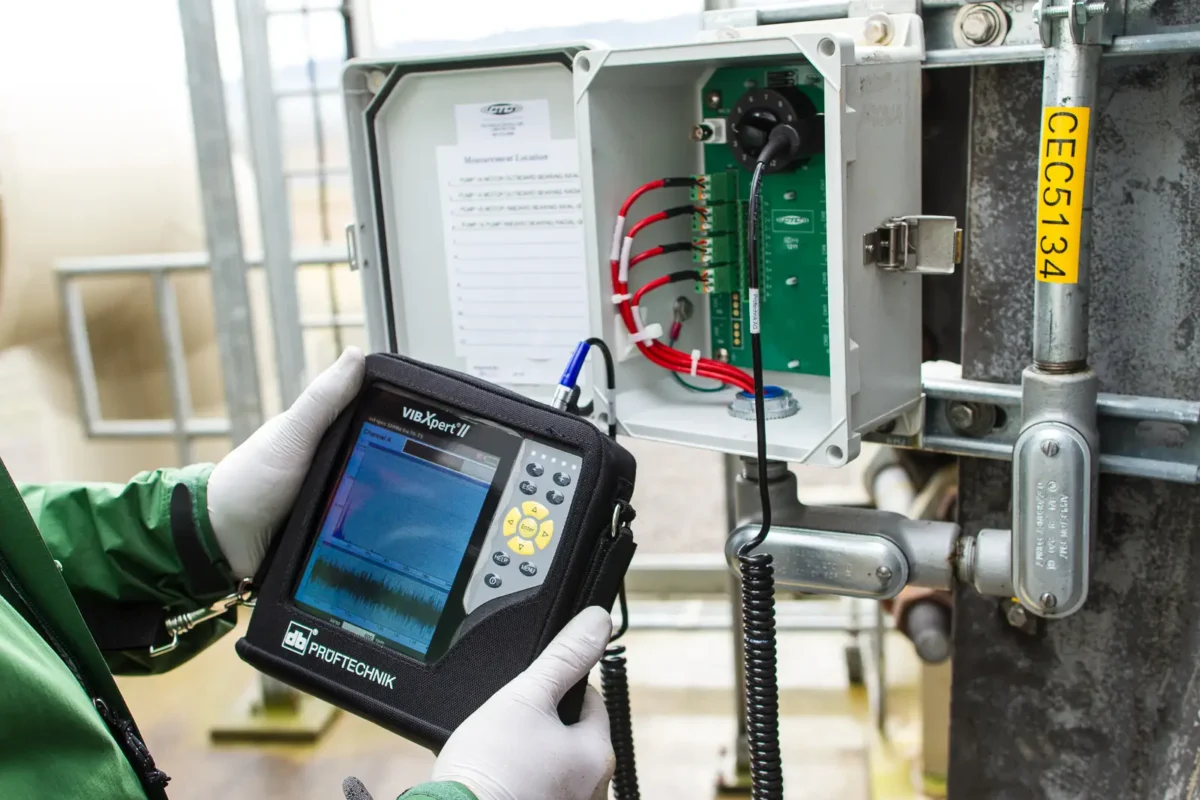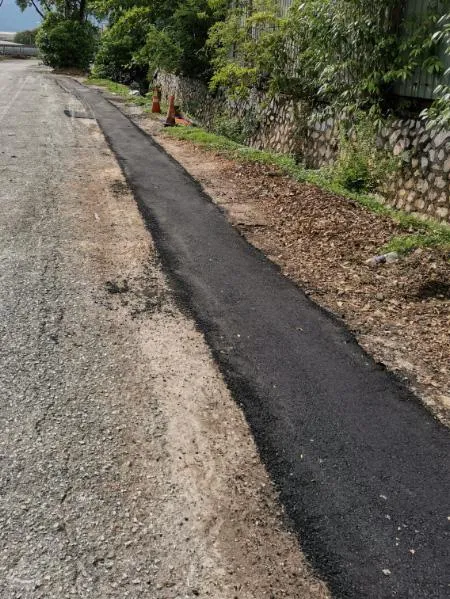In Malaysia’s rapidly growing construction and utilities sector, reliable piping systems are essential for long-term infrastructure success. One of the most trusted and durable piping products on the market today is the HDPE PN10 black red stripes pipe. Favoured by engineers, contractors, and utility companies alike, this pipe is designed for medium-pressure systems and is widely used in both public and private sector projects.
This guide will walk you through everything you need to know about HDPE PN10 red-striped pipes — including specifications, key benefits, installation methods such as horizontal directional drilling, and why it’s important to choose the right HDPE supplier in Malaysia.
What Is HDPE PN10 Red-Striped Pipe?
HDPE (High-Density Polyethylene) PN10 pipes are designed to handle pressure levels of up to 10 bar (145 PSI), making them ideal for water supply, firefighting mains, and protective conduits for cables. The red stripes on the pipe’s black surface serve as quick visual indicators for identification on-site, reducing confusion during installation.
Manufactured using PE100 material, these pipes are known for their high strength, durability, flexibility, and resistance to both corrosion and chemicals — making them ideal for Malaysia’s challenging environmental conditions.
Whether it’s a residential development or a large-scale public infrastructure project, the HDPE PN10 black red stripes pipe offers the perfect combination of performance, visual clarity, and long-term value.
Technical Overview (PN10 - Medium Duty)
Based on the latest specifications from GREENSTILL HDPE Solid Wall Cable Pipe data:
| Outside Diameter (OD) | Wall Thickness (Min–Max) | Weight (kg/M) |
|---|---|---|
| 110 mm | 8.1 – 9.1 mm | 2.64 kg/m |
| 160 mm | 11.8 – 13.1 mm | 5.56 kg/m |
| 200 mm | 14.7 – 16.3 mm | 8.66 kg/m |
| 250 mm | 18.4 – 20.4 mm | 13.54 kg/m |
| 315 mm | 23.2 – 25.4 mm | 21.48 kg/m |
Specifications Summary:
- Material: PE100 High-Density Polyethylene
- Pressure Rating: PN10 (10 bar / 145 PSI)
- Color Identification: Black with four red longitudinal stripes
- Standard Compliance: ISO 4427, MS 1058
- Available Forms: Coils (for small diameters), straight lengths (6m–12m)
- Joining Methods: Butt fusion, electrofusion, or mechanical fittings
This level of specification allows engineers and contractors to design systems with precise flow, strength, and installation requirements.
Applications in Malaysian Infrastructure
HDPE PN10 red-striped pipes serve a wide range of applications:
1. Municipal Water Supply
Widely used by water authorities across Malaysia, these pipes are ideal for underground mainlines and service pipelines in both urban and rural settings.
2. Firefighting Networks
The red stripe indicates firefighting use. These pipes are used in underground fire hydrant networks and fire suppression loops in commercial properties.
3. Cable and Fiber Conduits
Utility providers use HDPE PN10 pipes as protective conduits for fiber optics, coaxial cables, and power cables due to their strength and ease of installation.
4. Irrigation and Plantation Use
Ideal for large-scale agricultural projects where above-ground and buried piping is needed for reliable water delivery.
5. Industrial Fluid Handling
Commonly used for transporting chemicals, slurry, and cooling water in factories and processing plants, thanks to their chemical resistance.
6. Drainage and Sewer Systems
HDPE’s flexibility and leak-free joints make it suitable for pressurized sewer systems and stormwater drainage.
Flexible Installation Methods: HDD and Open-Cut
Horizontal Directional Drilling (HDD)
For projects in urban or sensitive areas where trenching is impractical, horizontal directional drilling is the preferred installation method. HDPE pipes are the top choice for HDD because of their flexibility, long joint-free lengths, and high tensile strength. Experienced HDD contractor Malaysia teams frequently specify Teraband’s HDPE pipes for efficient, non-invasive installations.
Open-Cut Installation
In rural or new development zones where trenches can be easily dug, the open-cut method remains cost-effective. HDPE pipes can be easily maneuvered and joined, even on uneven terrain, significantly reducing labor costs and installation time.
HDPE’s adaptability to both trenchless and trench methods makes it a top choice for contractors seeking efficiency and flexibility.
Why Choose Teraband – A Leading HDPE Supplier in Malaysia
Teraband Smart Solution Sdn Bhd is a certified HDPE supplier in Malaysia, recognised by CIDB (Construction Industry Development Board) for civil, mechanical, and electrical specialisation. We provide:
- Certified HDPE Pipes: Fully compliant with MS 1058 and ISO standards
- Fusion Services: On-site or off-site butt fusion and electrofusion support
- Comprehensive Stock: Pipes, fittings, and accessories available nationwide
- Technical Support: Project consultation, pressure testing, and custom solutions
Our team ensures high delivery speed and exceptional product quality for all projects—large or small.
Quality Assurance & Testing
Each pipe supplied by Teraband undergoes strict quality assurance processes, including:
- Hydrostatic pressure testing
- Dimensional inspection
- Wall thickness verification
- Visual and UV resistance tests
This ensures that every meter of pipe you install meets the highest standards for safety and durability.
Eco-Friendly & Long-Lasting
HDPE pipes are fully recyclable and produce fewer emissions during manufacturing compared to metal or concrete alternatives. With a lifespan exceeding 50 years and very low maintenance needs, these pipes contribute to sustainability and long-term cost savings.
By using HDPE pipe in Malaysia, you’re choosing a solution that aligns with green building practices and long-term asset performance.
Real Projects Using HDPE PN10 Black Red Stripes
Across Malaysia, Teraband pipes have been installed in:
- Water treatment plant to reservoir pipelines
- Underground fibre cable conduit networks for Telekom Malaysia
- Irrigation systems in Cameron Highlands
- Flood mitigation drainage upgrades in Selangor
- Firefighting systems in Johor industrial zones
These real-world examples reinforce why HDPE PN10 black red stripes pipes are the first choice for infrastructure that demands strength, precision, and reliability.
Contractor-Friendly Advantages
- Lightweight: Easier to transport and install
- Fewer joints: Faster installation, fewer leak risks
- Resistant to corrosion and scale: Longer-lasting system performance
- Safe for potable water: Approved and certified for drinking water use
- Versatile sizing: Stock from 20mm to over 630mm OD
Whether you’re a developer, project consultant, or contractor — Teraband HDPE solutions help reduce cost, save time, and increase system reliability.
Conclusion: Build Better with HDPE PN10 Red-Striped Pipes
From durability and flexibility to installation efficiency and environmental responsibility, the HDPE PN10 black red stripes pipe is one of the most reliable infrastructure materials available in Malaysia today.
With the flexibility to be installed through both horizontal directional drilling and open-cut, and strong technical support from an experienced HDPE supplier in Malaysia, your projects are in good hands.










